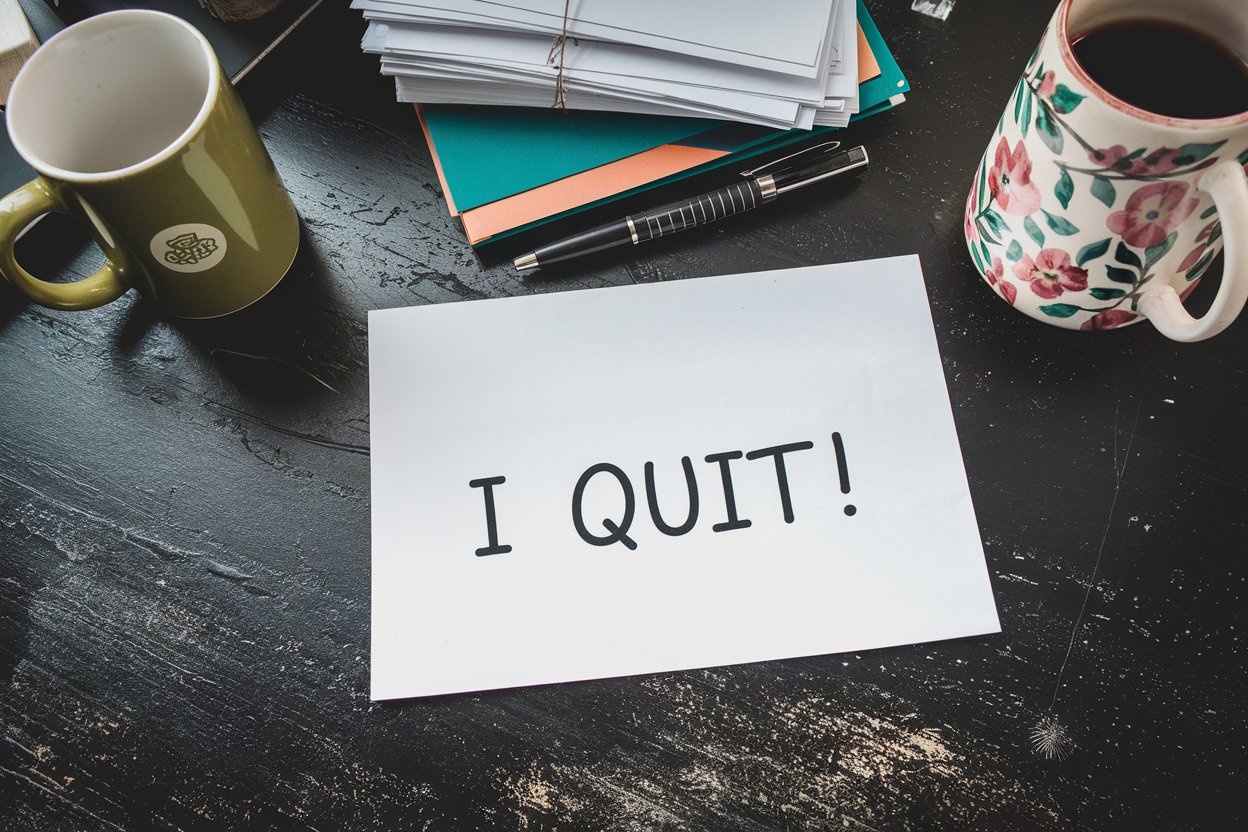
Self-Arrest
Self-arrest is a crucial mountain safety skill where a person stops themselves from sliding down snow or ice using special tools like an ice axe. It's similar to knowing how to use emergency brakes, but for mountain environments. When recruiters see this term on resumes, it indicates that the candidate has received formal training in essential mountain safety techniques. This is a fundamental skill for any mountain guide, similar to how a lifeguard must know rescue swimming techniques.
Examples in Resumes
Certified instructor in Self-Arrest techniques for mountaineering courses
Trained 200+ clients in Self-Arrest and glacier travel safety
Demonstrated expertise in Self-Arrest and ice axe handling during guide certification
Typical job title: "Mountain Guides"
Also try searching for:
Where to Find Mountain Guides
Professional Organizations
Job Boards
Training Resources
Example Interview Questions
Senior Level Questions
Q: How would you teach self-arrest techniques to a group of beginner guides?
Expected Answer: Should explain their teaching methodology, safety protocols, and progression of skills from basic to advanced, demonstrating leadership and instructional abilities.
Q: Describe a situation where you had to perform a self-arrest in challenging conditions.
Expected Answer: Should demonstrate real-world experience, decision-making process, and ability to maintain composure in emergency situations.
Mid Level Questions
Q: What different self-arrest positions do you teach your clients?
Expected Answer: Should describe various positions (head-first on back, head-first on stomach, feet-first) and when each is appropriate to use.
Q: How do you assess snow conditions to determine appropriate self-arrest technique?
Expected Answer: Should explain how different snow conditions affect self-arrest techniques and decision-making process for choosing appropriate methods.
Junior Level Questions
Q: What are the basic components of a proper self-arrest position?
Expected Answer: Should describe proper ice axe grip, body position, and basic movement sequence for a standard self-arrest.
Q: What safety considerations do you take when practicing self-arrest?
Expected Answer: Should discuss appropriate terrain selection, proper equipment use, and basic safety protocols for practice sessions.
Experience Level Indicators
Junior (0-2 years)
- Basic self-arrest technique execution
- Understanding of proper ice axe use
- Basic snow assessment abilities
- Fundamental safety protocols
Mid (2-5 years)
- Teaching basic self-arrest techniques
- Multiple arrest position proficiency
- Group management on snow slopes
- Emergency response coordination
Senior (5+ years)
- Advanced technique instruction
- Program development and oversight
- Risk management planning
- Guide mentoring and assessment
Red Flags to Watch For
- No formal training certification
- Inability to demonstrate proper technique
- Lack of real mountain experience
- Poor understanding of safety protocols
- No emergency response experience
Related Terms
Need more hiring wisdom? Check these out...

Unlock Hidden Talent: How Internal Rotation Programs Spark Career Exploration and Boost Retention

From Farewells to Future Allies: Transforming Exit Interviews into Lifelong Connections

Unlocking Team Potential: Personality Mapping for Dynamic Management

